Start » Pistachios: preparation of the land and planting the tree
Pistachios: preparation of the land and planting the tree
The soil study will guide the subsoiling, breaking up layers of limestone and facilitating root penetration. In addition, aspects such as the choice of varieties, the planting framework and the presentation of the plant must be considered. Proper soil management and irrigation is essential, as is pruning and fertilization.
#pistachios #agriculture #plantingpistachios #plantingpistachios #cultivationpistachios
Table of Contents
Estimated reading time: 6 minutes
Pistachio cultivation in Spain
Pistachio cultivation has experienced significant growth in Spain in recent years. The sector reaches 78,495 hectares in Spain, according to the Esyrce survey. Eight out of every ten new hectares planted in 2023 have been irrigated. This is due to the favorable climatic conditions and the high profitability offered by this crop.
The Iberian Peninsula has regions especially suitable for growing pistachios, especially the center of the peninsula, although there are other suitable areas. There are extensive areas of production of this dried fruit, thanks to its climate with cold winters and warm, dry summers.
The adaptability of the pistachio to Spanish conditions has allowed its expansion in different areas of the country, generating opportunities for farmers. Besides, Spain has the capacity to export high quality pistachios, consolidating itself as one of the main European producers.
Advantages of growing pistachio in Spain:
- Favorable climatic conditions.
- Export capacity of high quality pistachios.
- Increased profitability for farmers.
ANDPistachio cultivation in Spain is a promising activity that presents great opportunities for the agricultural sector. The demand for this exquisite dried fruit continues to grow in the national and international market, which drives its production and marketing, increasing its price, which In the case of Kerman-type pistachio grain, it already accumulates an increase of 27% in the last year.
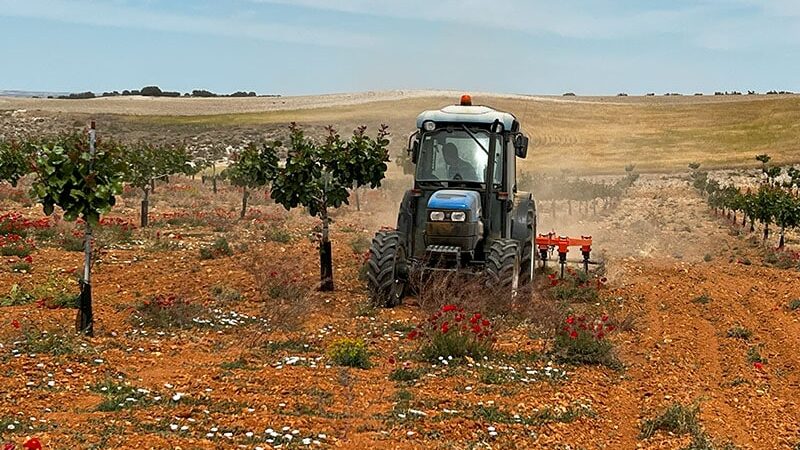
Ground conditions and soil analysis
For the cultivation of pistachio, It is essential to take into account the conditions of the terrain and carry out a soil analysis. The success of the plantation will depend largely on the suitability of these conditions.
First of all, it is necessary to verify whether the geographical area meets the optimal climatic requirements for growing pistachio. A latitude between 30º and 45º N is recommended, which covers Mediterranean countries, the Middle East, China and the southern United States.
Once suitable weather conditions are confirmed, an exhaustive study of the soil must be carried out. Aspects such as texture, depth, the presence of fungi and the lack of elements necessary for cultivation will be analyzed.
This analysis will allow you to determine the necessary subsoiling work.. Subsoiling consists of breaking the surface layers of limestone to facilitate the penetration of the root system of the pistachio plants. It is important to remove any obstacles that may hinder the growth and development of the roots..
In addition to subsoiling, It is advisable to carry out subsoil sampling for analysis.. These samplings will allow establishing a basic fertility map of the farm, which will be useful to determine fertilization needs during cultivation. Also It is important to note that each pistachio variety may have specific soil requirements.. Therefore, it is essential to select the appropriate varieties based on the characteristics of the terrain and the soil analysis carried out.
Subsoiling work for the cultivation of pistachios
Preparing the land for growing pistachios involves a crucial stage known as subsoiling. This technique consists of breaking down any layer of limestone that may hinder the penetration of the tree's root system. and thus promote its development. The ditches of the subsoiler implement, whether mechanical or pneumatic, reach more than one meter, deepening into the ground between 80 and 90 cm. normally, which allows break the working sole located about 30 cm. deep.
Before carrying out subsoiling, it is important to carry out a thorough study of the soil to determine its texture, depth and the presence of fungi or nutritional deficiencies. This analysis will provide valuable information to guide subsoiling jobs effectively.
The subsoiling process is carried out using specialized machinery that breaks and disintegrates the most superficial layers of limestone in the soil. In this way, root penetration is facilitated and drainage is improved, which is essential for the optimal growth of pistachio trees.
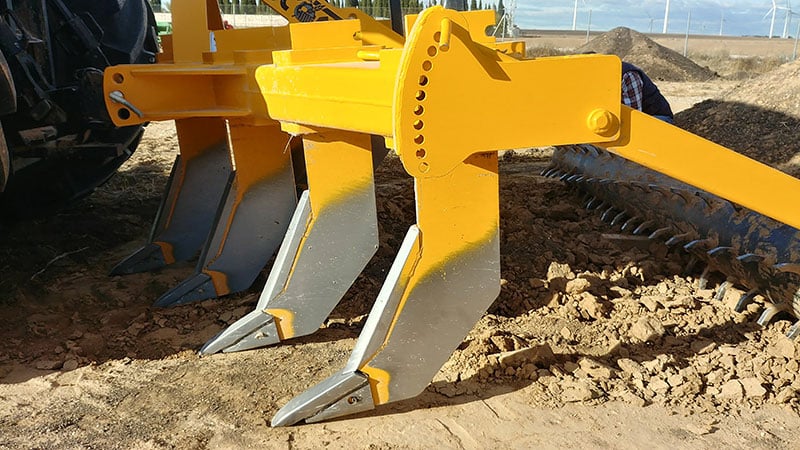
Once the subsoiling work has been carried out, it is necessary to treat crushed stone. This is done to avoid future obstacles during cultivation work. In addition, it is recommended to carry out subsoil sampling for subsequent analysis and establish a basic fertility map of the farm. Subsoiling constitutes an essential stage in preparing the land for growing pistachios. Performed precisely and appropriately, it will provide the roots with optimal conditions for their development, thus maximizing the production of pistachios..
Pistachio plantation work
Once the climatic and soil studies have been carried out, and the subsoiling work has been carried out, it is time to proceed with the work of planting pistachios. This stage is essential to ensure the success of the crop and guarantee a good yield..
First of all, it is important to consider choosing the right varieties of pistachios. There are different types of pistachios, such as male and female varieties, which are necessary for pollination and fruit production. The rootstock must also be taken into account, which is the type of plant on which the commercial varieties will be grafted. This choice will depend on the characteristics of the soil and the climatic conditions of the planting area.
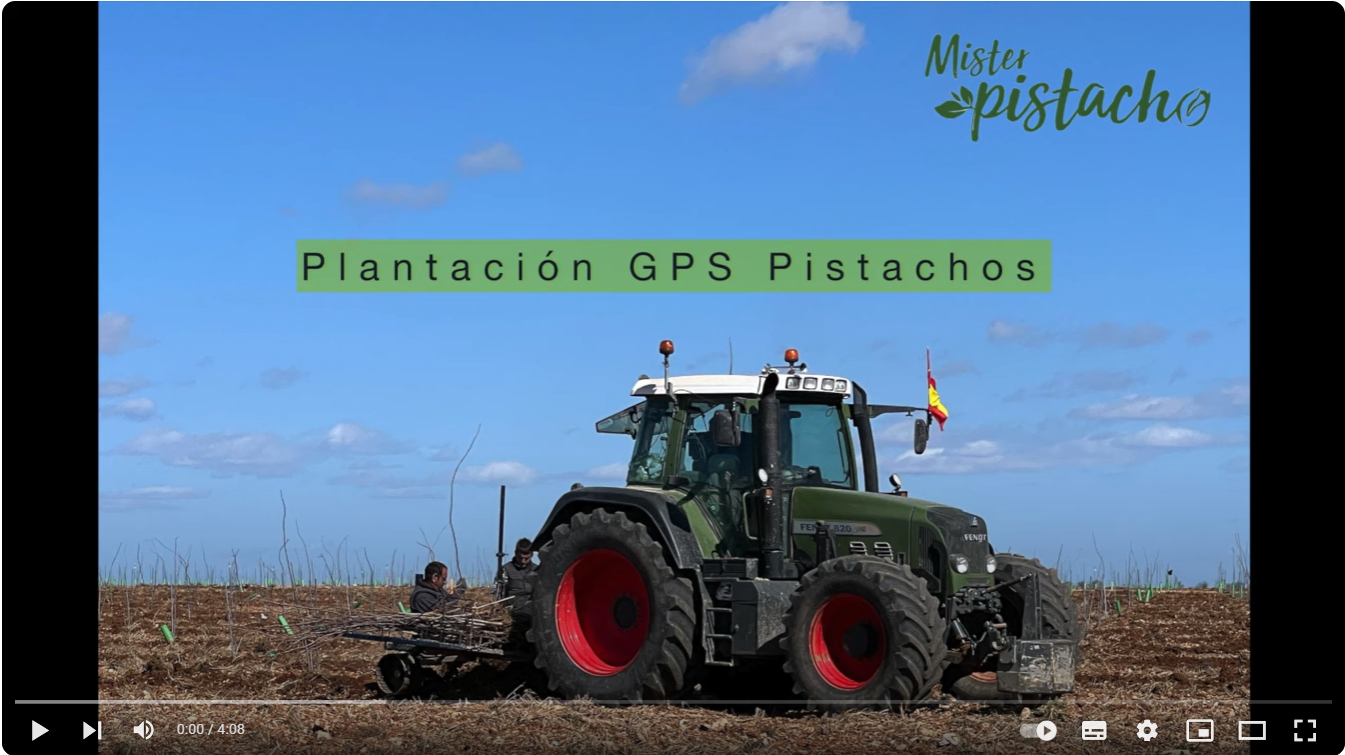
Besides, it is necessary to define the planting framework, which refers to the distance between each tree and between the rows of trees. This decision will be based on the cultivation system and the growth characteristics of the pistachio trees.. It is important to find a balance to allow good root development and facilitate management tasks.
The plantation of pistachios can be done using different plant formats, as a pot or bare root. The choice of format will depend on various factors, such as the availability of the plants, the time of year and soil conditions. It is important to follow the recommendations of pistachio experts and take into account the specific characteristics of each plantation.
Once the plantation has been carried out, it is essential to carry out constant monitoring of the trees and carry out the necessary maintenance tasks, such as irrigation, the background subscriber and pruning. These tasks will contribute to the proper growth of the pistachio trees and will favor the obtaining of quality fruits in future harvests.
- Choosing the right varieties of pistachios.
- Select the pattern suitable for grafting.
- Define the planting framework.
- Consider the presentation of the plant (flowerpot oa bare root).
- Carry out constant monitoring and maintenance works.
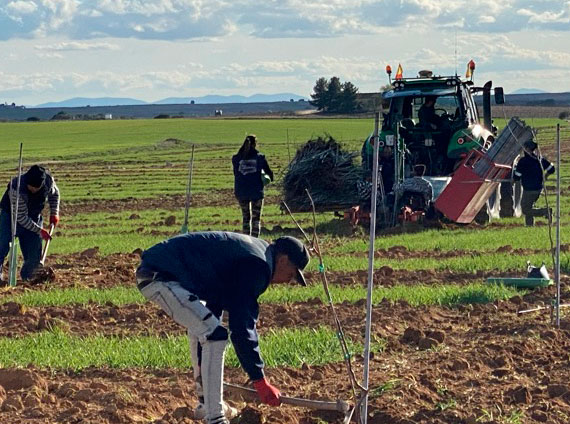
Related content:
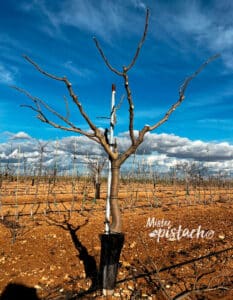

Discover the farming techniques for growing pistachios
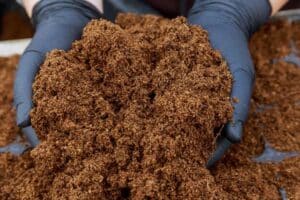
Bottom fertilizer: key strategy for growing pistachio trees.

Application of copper in the pistachio tree: benefits and uses
Seeker:
Find out now:
You may also like:
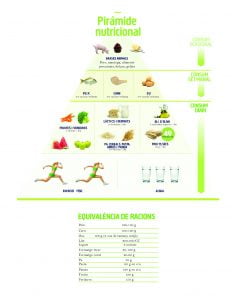
Pistachios star in the new pyramid of the Mediterranean Diet, one of the healthiest in the world.
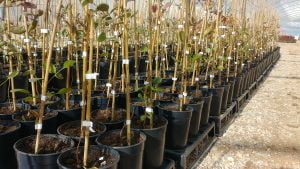

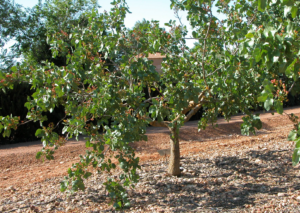
Pruning the pistachio tree: a key aspect in the cultivation and growth of the plant.
Entries by category:
- pistachio tree (1)
- Benefits of pistachio (4)
- Pistachio marketing (4)
- Price tables (3)
- Pistachio cultivation (8)
- Diseases and pests (8)
- Legal (7)
- Misterpistachio (1)
- Pistachio News (5)
- Rootstocks (2)
- Store (3)
Share this post with one click:
